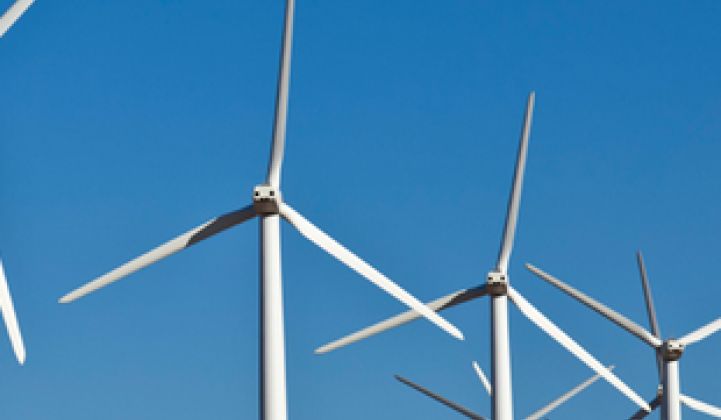How do developers make the crucial decision of keeping certain projects in their pipeline or simply giving up?
“The vetting begins before you put a single dollar out there,” said Pioneer Green Energy Business Development VP Bruce Thompson during a Texas Renewable Energy Industry Association (TREIA) Renewable Energy Finance Forum.
It is a combination of past experience and current market conditions, said Thompson, whose company has built 2,760 megawatts of wind in Texas. His first focus is the interconnection, “because congestion has become a bigger issue and buyers of power have become more aware of their exposure.”
Next, he looks at the power market into which the project would sell. “A contract to sell the power is paramount,” Thompson said, but power purchase agreements (PPAs) from utilities are no longer readily available because demand is slowing and competition from other developers is increasing. “If you don’t really believe you will get there, what you have is a warehouse asset or an aborted attempt at a project.”
Next comes consideration of local policy, Thompson said. “We don’t want to have policy headwinds.”
Thompson recalled a proposed project that he analyzed for more than eighteen months, ending up with more than 50 possible sites. “Once you pick some sites, you put up met masts to collect wind data or solar irradiance data, you spend money, you acquire leases. Those are always the first steps."
The next step is the crucial one, Thompson said. “You have to have a very cold eye. If there is a success factor in development, it is knowing when to stop. It is very hard to stop, because there are so many things that can change over the months it takes to develop, and you don’t want to pull the plug prematurely on something that might work out."
That can be hard if you've already invested hundreds of thousands of dollars in a project that you want to see go forward.
“There could be any number of factors that could challenge a project,” said Thomas Houle, managing director of the multinational energy giant Macquarie Group. “It is with experience and having made mistakes in the past that you understand which things you can overcome and which things probably aren’t going to be resolved.”
Macquarie presently manages $353 billion in assets in 28 countries, so it has made mistakes along with its successes.
Houle recounted that earlier in his career, as a greenfield developer backed by Macquarie, “we killed a couple of projects we had in our portfolio when we came to the conclusion they were not going to be competitive. We didn’t have that vision when we started, but in time we saw that was the case.” But Houle said he has never faced a real estate or permitting challenge that couldn’t be solved -- it's just a question of whether it's worth the time, effort and money to address.
"One of our board members calls it 'deal creep,'" OwnEnergy VP Steve Krebs said. “It’s $25,000 today, and $10,000 the next time, and so on."



